
 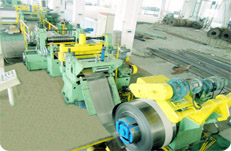 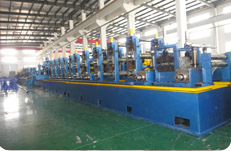 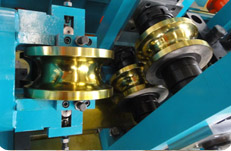  |
Steel tube/pipe powder painting line
Introduction of the electrostatic spraying process
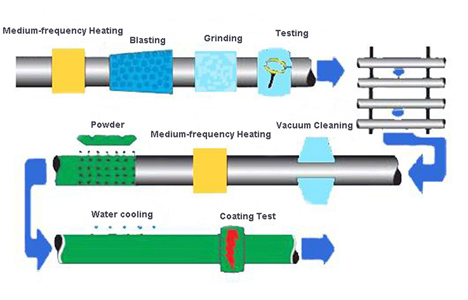
Steel tube & pipe powder coating line
Today, practically all powder coatings are applied using an electrostatic spraying process. A common factor with all such processes is that the powder particles are electrically charged whilst the object requiring coating remains earthed. The resultant electrostatic attraction being adequate to allow the build-up of sufficient film of powder on the object, thus holding the dry powder in place until melting occurs with subsequent binding to the surface. Friction charging (tribostatic charging) which generates an electrostatic charge on the powder as it rubs against an insulator. Non-charged powder particles do not adhere to the object and will be recycled. Even though recycling is common in powder coating, it is always preferable to keep the amount of recycled powder to a minimum (see separate section on recycling). Free ions are small and far more mobile than powder particles. Excess free ions will move rapidly towards the object transferring, at the same time, large amounts of negative charge to it. The quantity of free ions being totally dependent on regulating the required voltage. Superfluous high voltage produces an oversupply of free ions, which in turn makes good powder coating harder to achieve and, not least, gives poorer flow (back-ionizing). Insufficient earthing of the object will further worsen the situation. Using high voltages produces electrical field lines between the nozzle of the spray gun and the object, with the powder showing a tendency to follow these field lines. Objects of a complicated structure will have the highest density of field lines on their outer surfaces, particularly on exterior corners. Similarly, a lower density of field lines will occur on interior corners and indentations. Efficient friction charging of powder particles depends on each particle being rubbed against the barrel of the spray gun. This, as a rule, can be adjusted by regulating the air flow through the gun as well as the powder/air ratio for optimum performance. Most friction spraying devices are equipped with a microamperemeter that provides an indirect measure of the powder charging process. This electrical current measurement, however, depends on the amount of powder passing through the spray gun.
Equipment configuration:
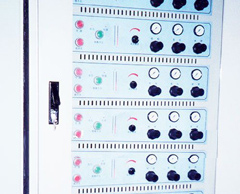
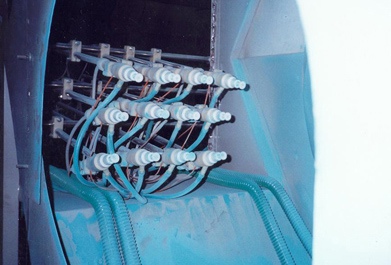
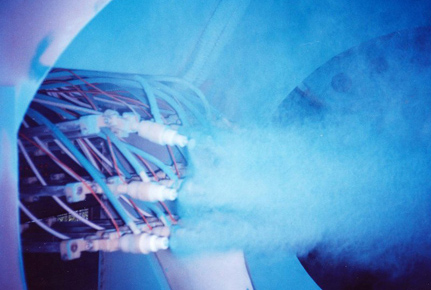
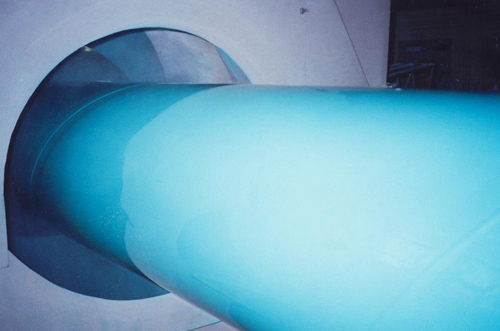
Powder control cabinet Spray gun Being powder coating Powder coating finished
Steel tube/pipe powder coating line:
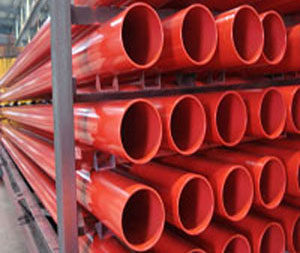
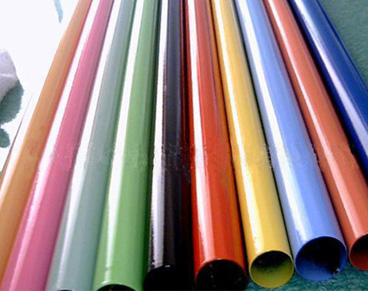
Powder coated tubes Powder coated pipes
Electrostatic spraying steel tube application:
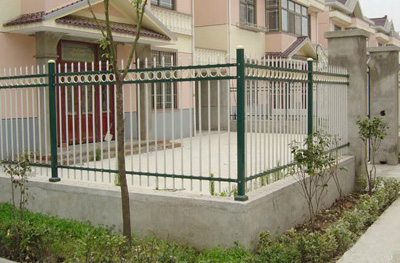
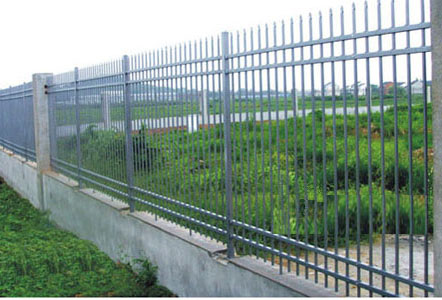
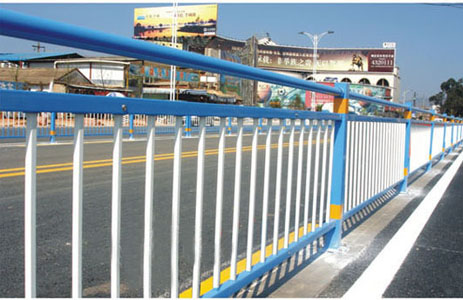
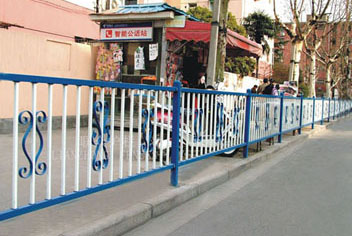
Tubes for housing fence Pipes for public mesh fence Tubes for traffic Pipes for road
Introduction of the electrostatic spraying process

Steel tube & pipe powder coating line
Today, practically all powder coatings are applied using an electrostatic spraying process. A common factor with all such processes is that the powder particles are electrically charged whilst the object requiring coating remains earthed. The resultant electrostatic attraction being adequate to allow the build-up of sufficient film of powder on the object, thus holding the dry powder in place until melting occurs with subsequent binding to the surface. Friction charging (tribostatic charging) which generates an electrostatic charge on the powder as it rubs against an insulator. Non-charged powder particles do not adhere to the object and will be recycled. Even though recycling is common in powder coating, it is always preferable to keep the amount of recycled powder to a minimum (see separate section on recycling). Free ions are small and far more mobile than powder particles. Excess free ions will move rapidly towards the object transferring, at the same time, large amounts of negative charge to it. The quantity of free ions being totally dependent on regulating the required voltage. Superfluous high voltage produces an oversupply of free ions, which in turn makes good powder coating harder to achieve and, not least, gives poorer flow (back-ionizing). Insufficient earthing of the object will further worsen the situation. Using high voltages produces electrical field lines between the nozzle of the spray gun and the object, with the powder showing a tendency to follow these field lines. Objects of a complicated structure will have the highest density of field lines on their outer surfaces, particularly on exterior corners. Similarly, a lower density of field lines will occur on interior corners and indentations. Efficient friction charging of powder particles depends on each particle being rubbed against the barrel of the spray gun. This, as a rule, can be adjusted by regulating the air flow through the gun as well as the powder/air ratio for optimum performance. Most friction spraying devices are equipped with a microamperemeter that provides an indirect measure of the powder charging process. This electrical current measurement, however, depends on the amount of powder passing through the spray gun.
Equipment configuration:




Powder control cabinet Spray gun Being powder coating Powder coating finished
Steel tube/pipe powder coating line:


Powder coated tubes Powder coated pipes
Electrostatic spraying steel tube application:




Tubes for housing fence Pipes for public mesh fence Tubes for traffic Pipes for road